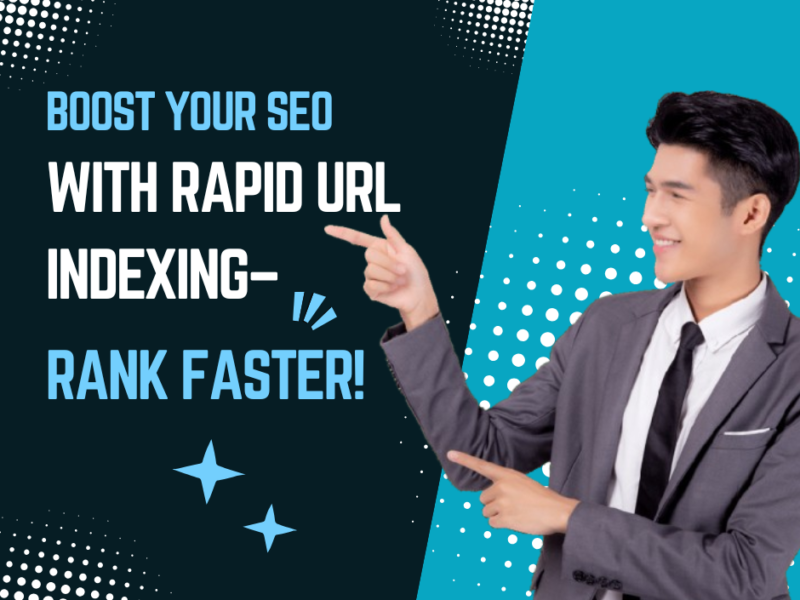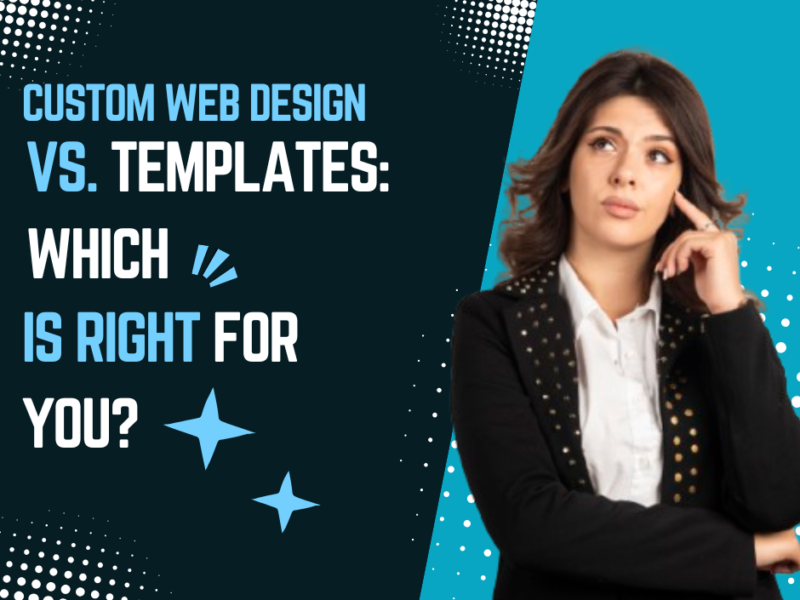
Days
Hours
Minutes
Seconds
Your Deal is Expired
|
|

Edit Content

As a leading online marketing company, always focuses on changing and improving businesses and their outcome.
Where to find us
- SN-3, First floor, ratauli road, near Town park, Bank Colony
- herry@hanuitsolutions.com
- +917082069620
Working Hours
- Mon-Sat : 9:00am - 6:00pm
- Sunday - Closed
Get In Touch
Facebook-square
Instagram
Linkedin
Tag: SEO

What Are the Best Lead Generation Strategies for a Cleaning Service Website?
The Best Lead Generation...

Best Dental Clinic Website Builder – Create Professional Dental Websites with HanuiT Solutions
In today’s...

Boost Your SEO with Rapid URL Indexing – Rank Faster!
In today’s competitive digital landscape, ranking...

Google My Business Optimization for Financial Services: Key Benefits
In today’s digital era, online presence...

How Can You Optimize ROI in 2025 Using SEO and GMB Strategies?
As we venture into 2025, the competitive...

The Best Web Designers Share Their Tips for Stunning Websites
Creating a visually appealing and user-friendly...

Custom Web Design vs. Templates: Which is Right for You?
When it comes to creating a website for your...
No posts found


